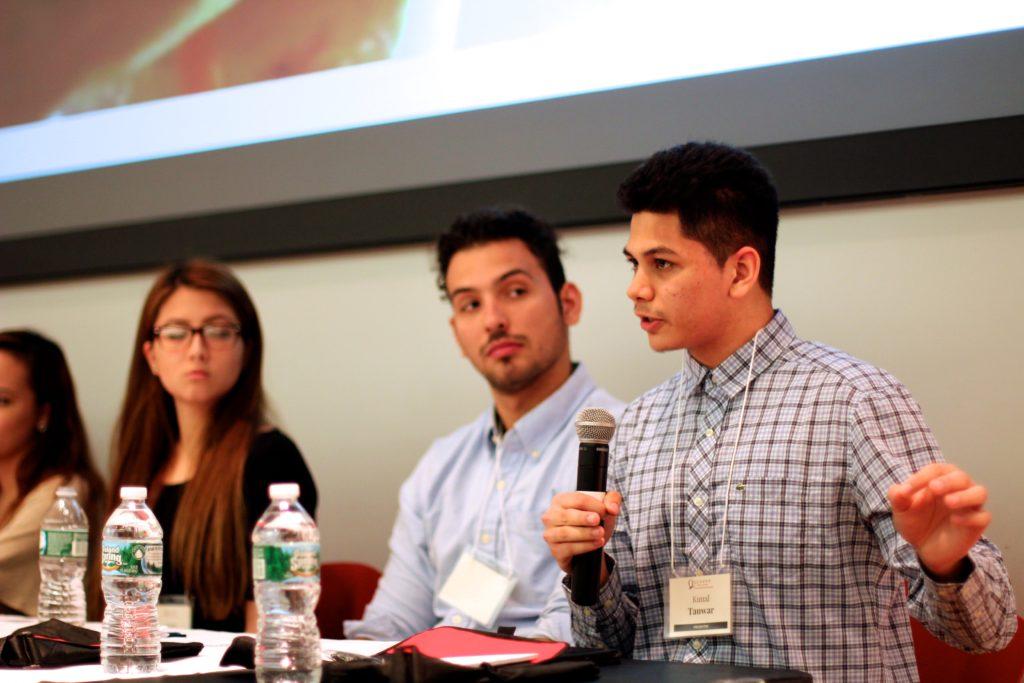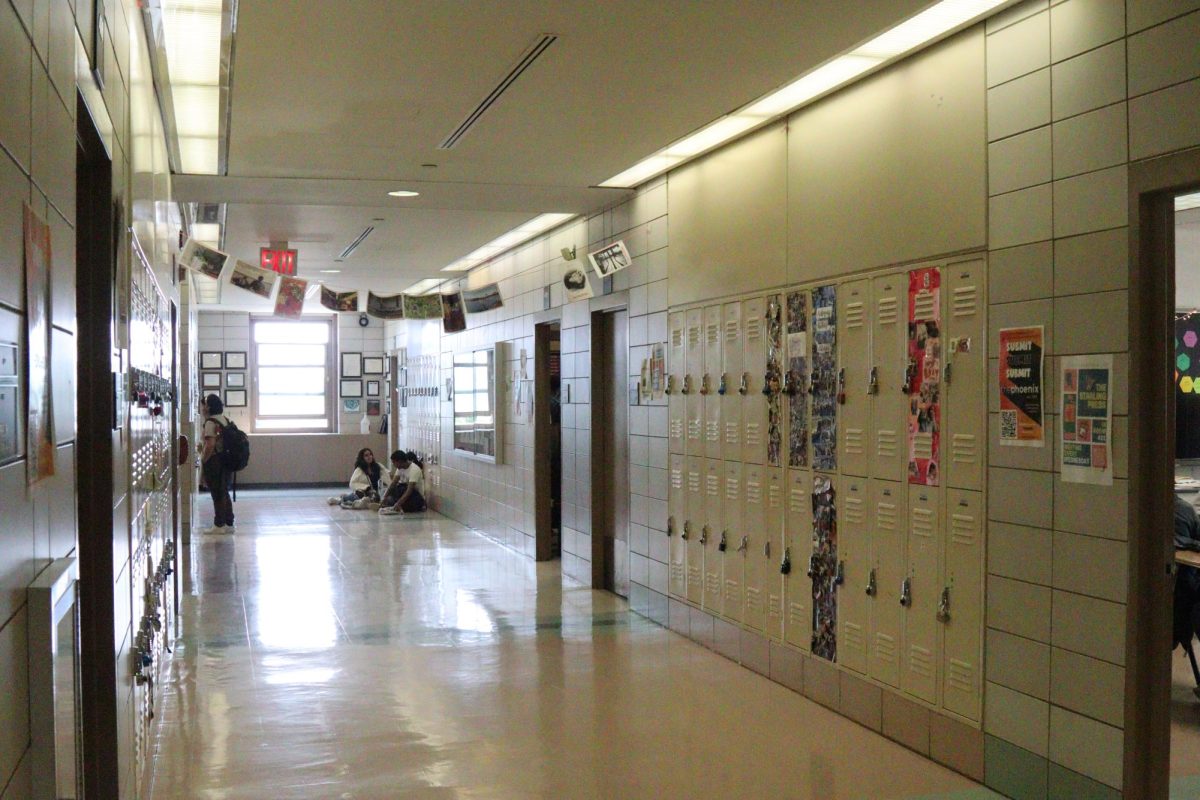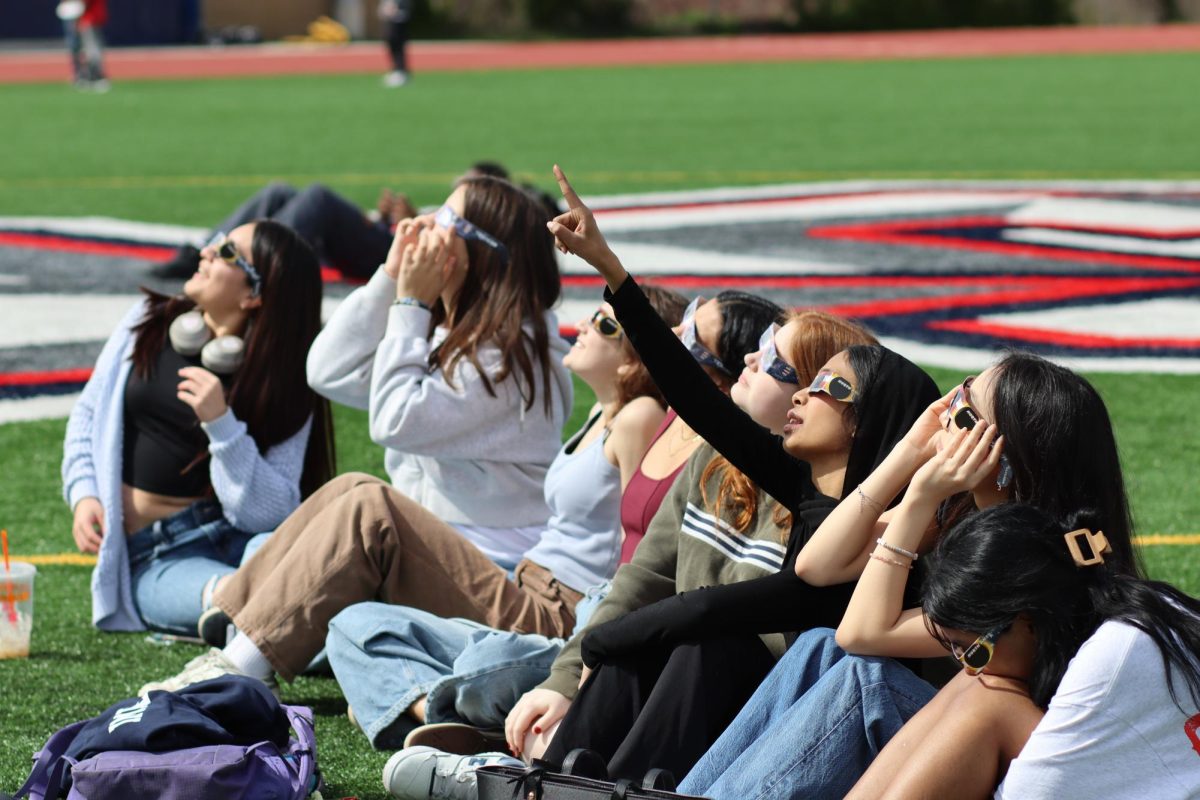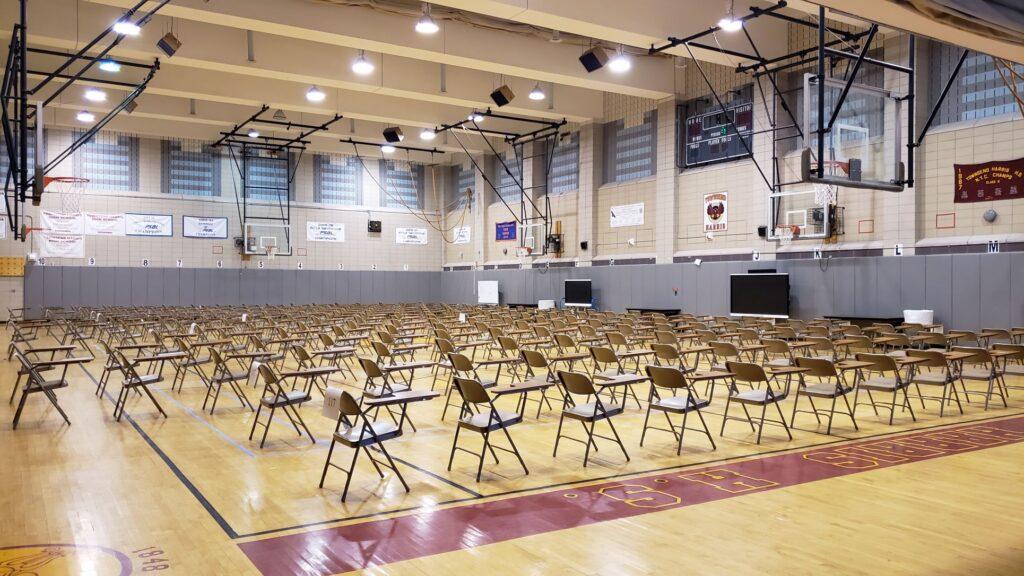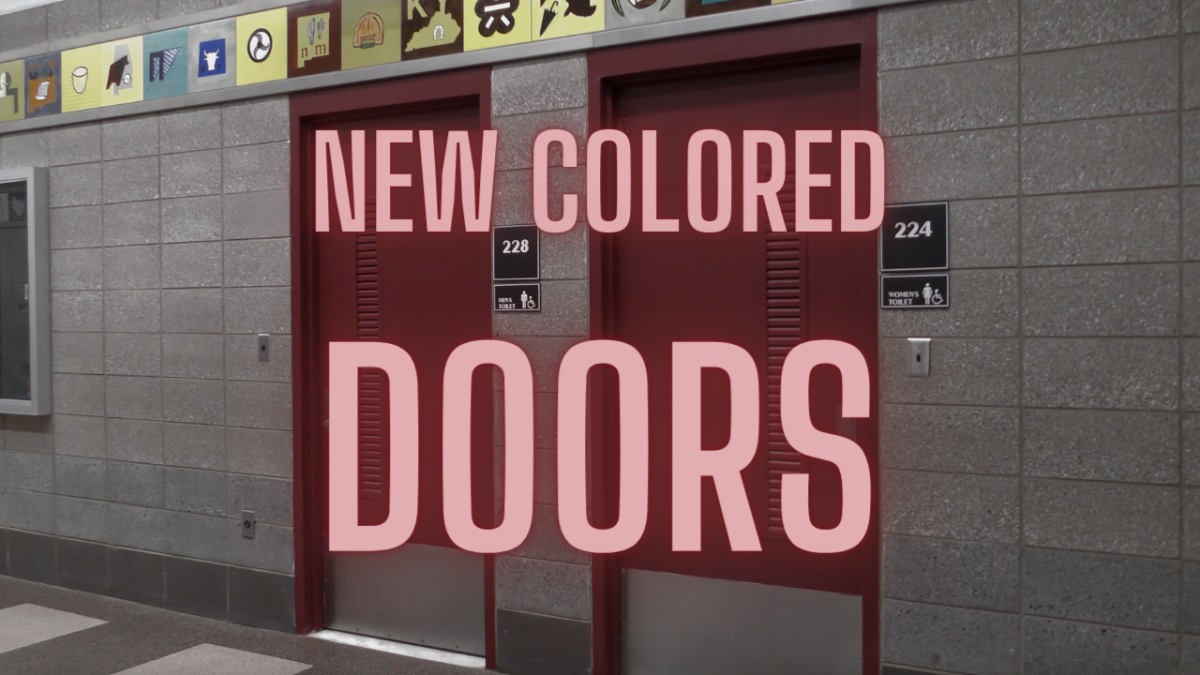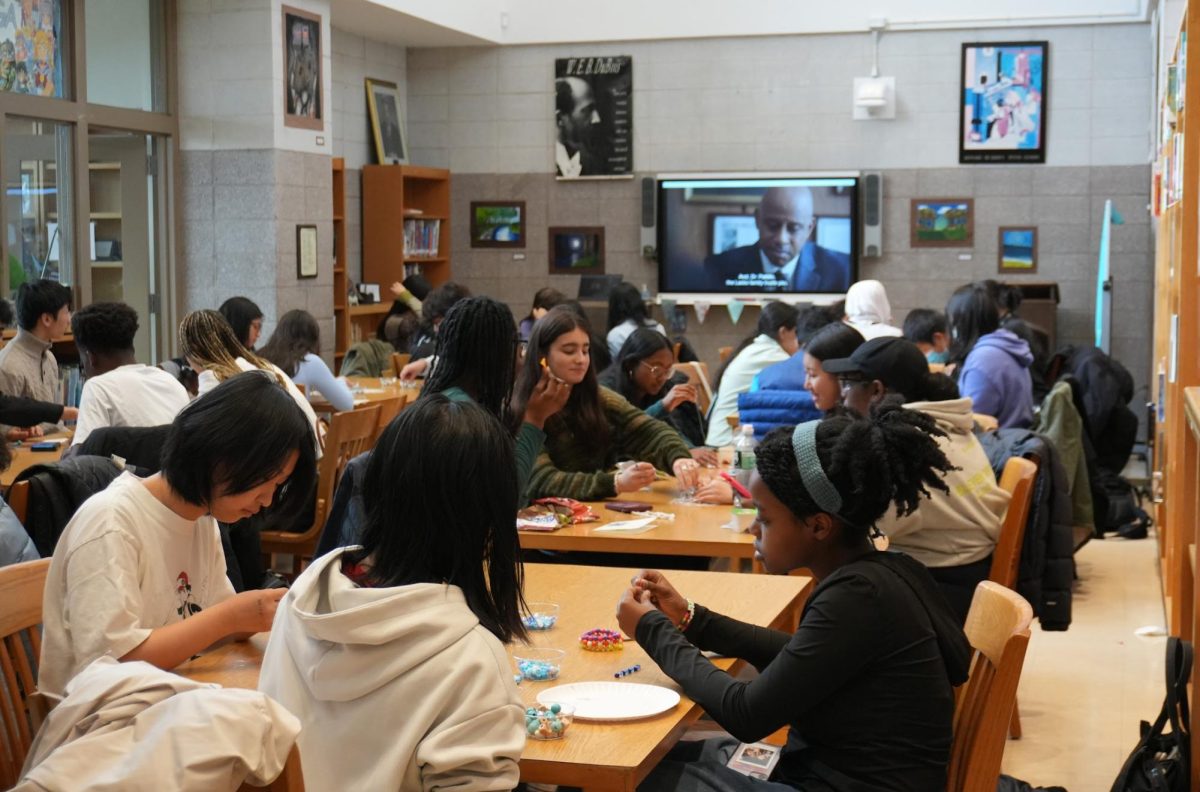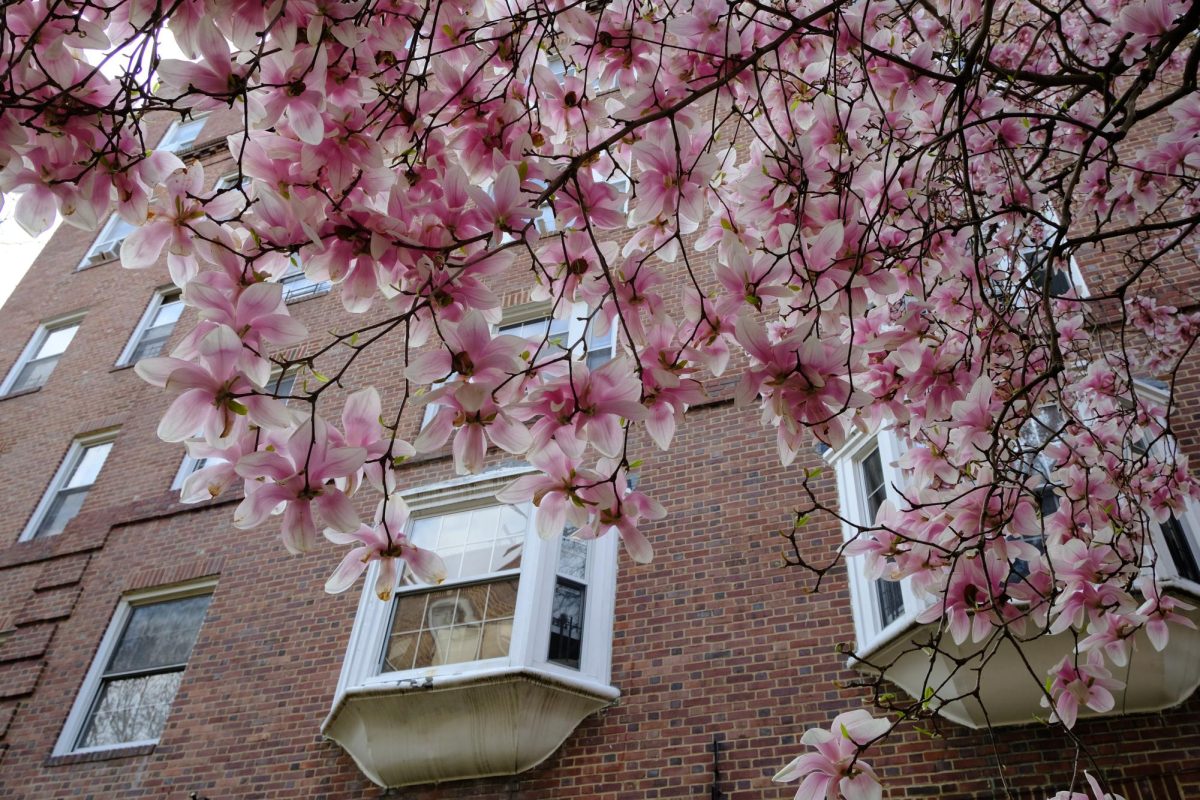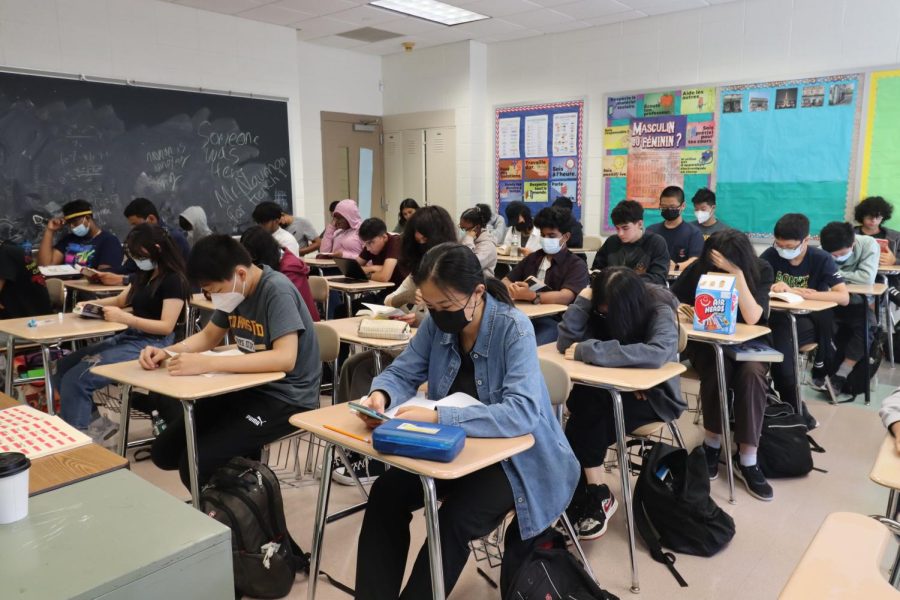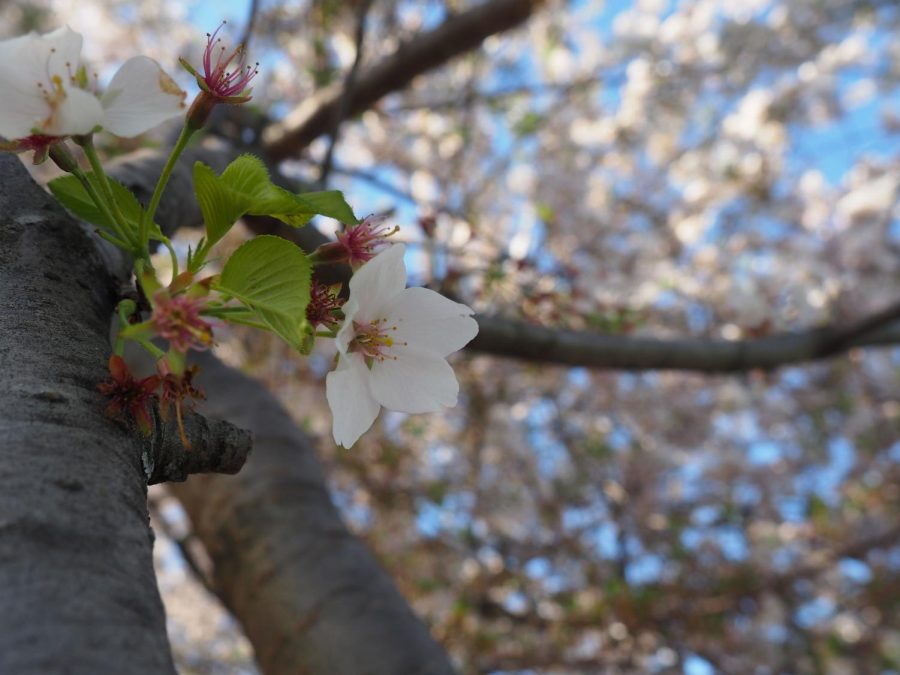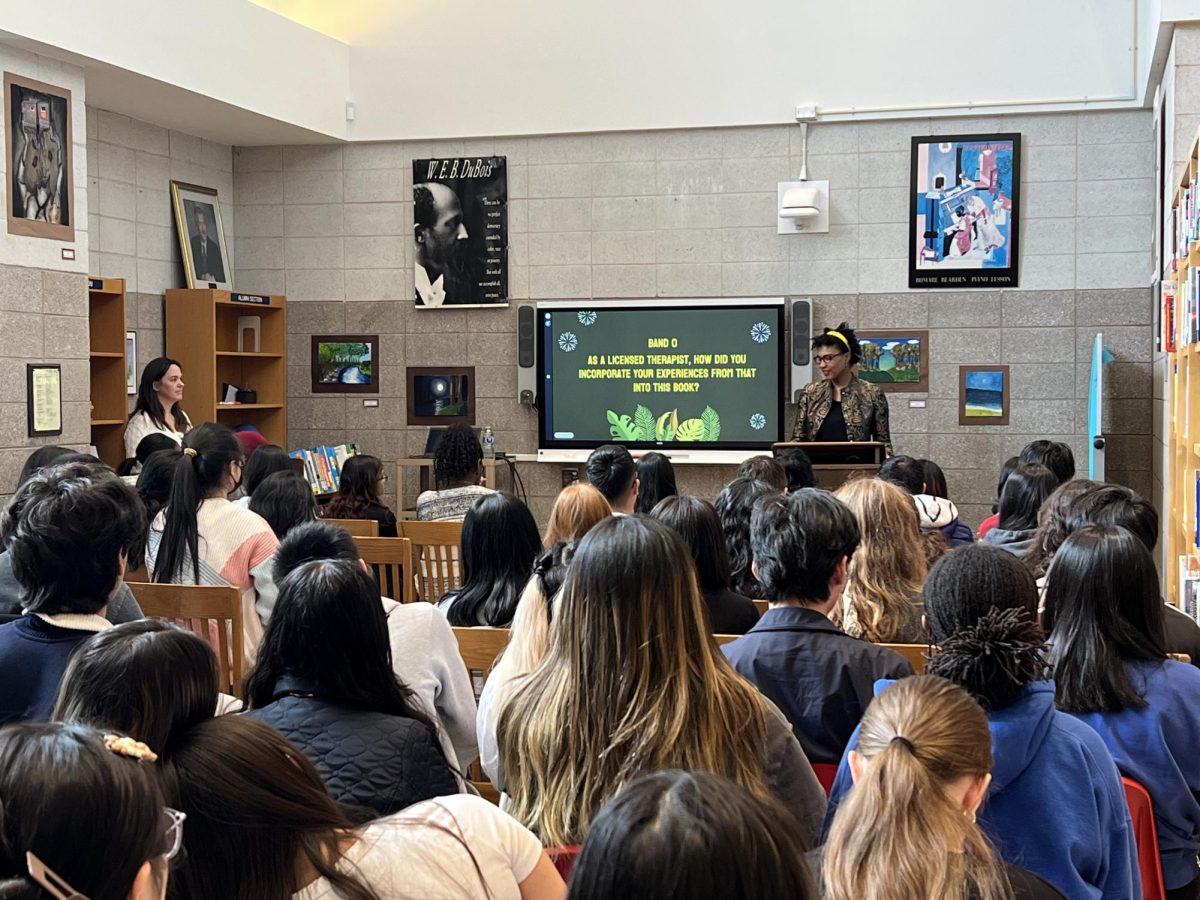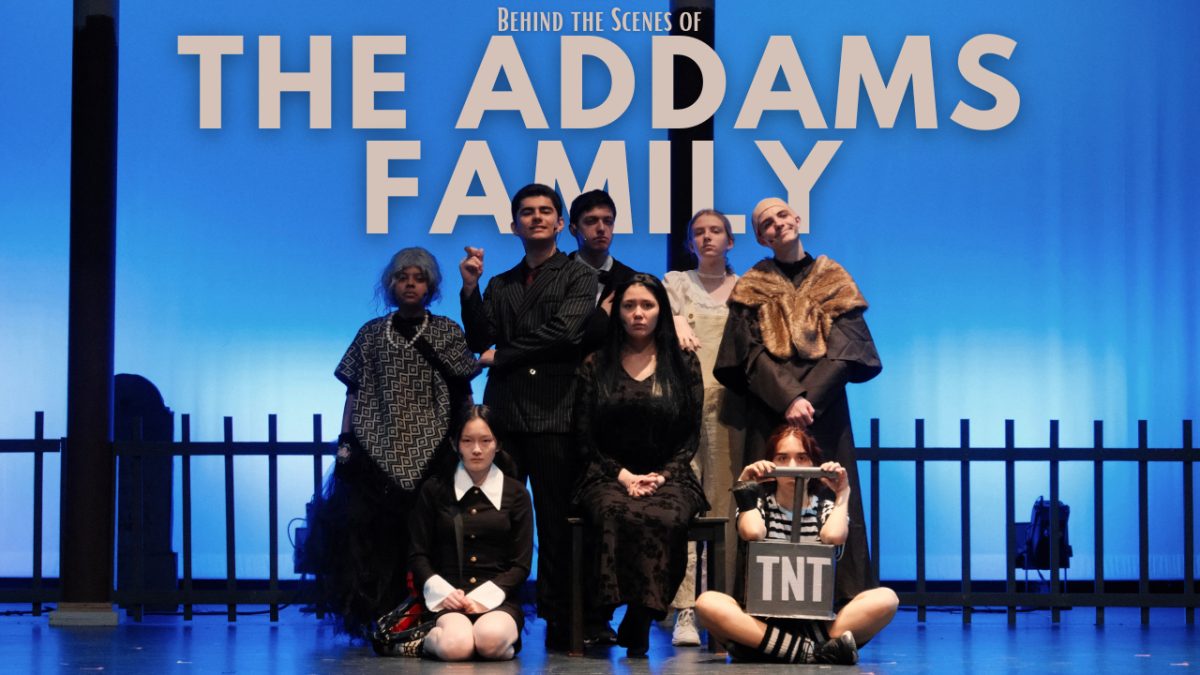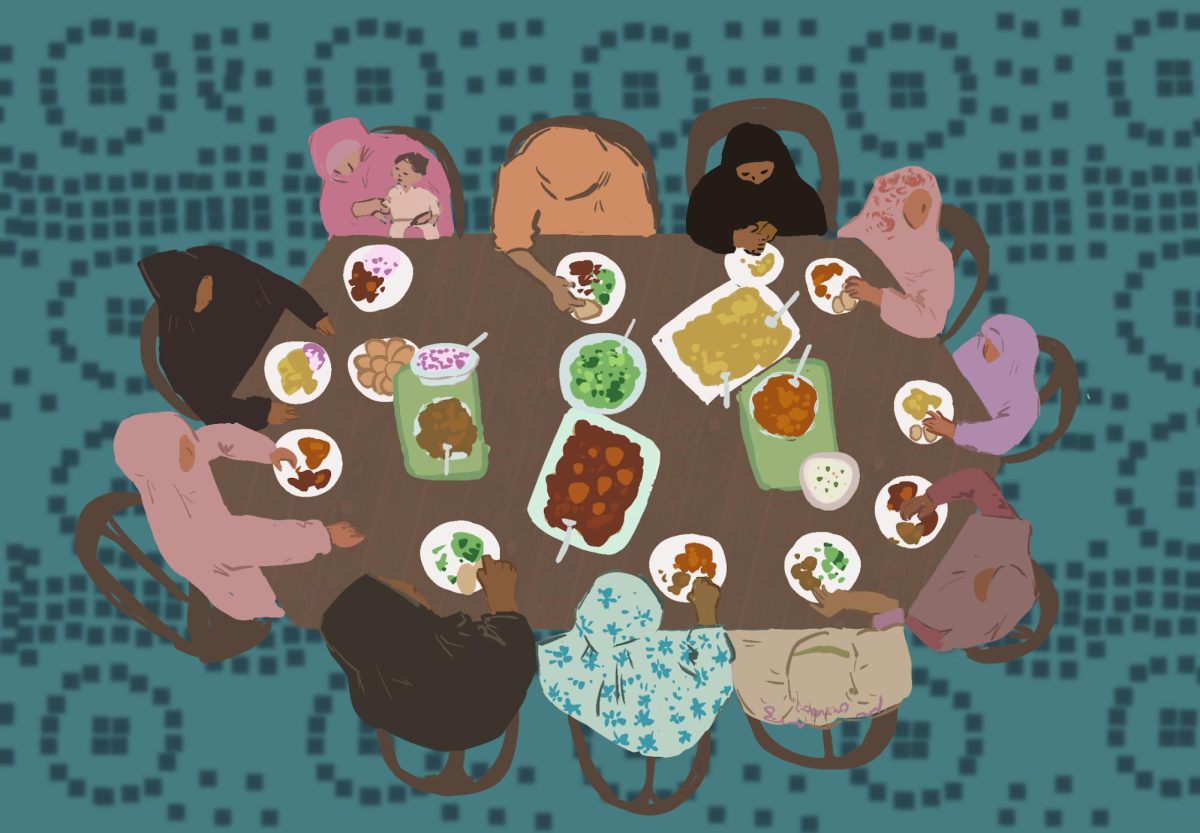
Today, we are living in one of the most polarized political environments in American history. The shocking January 6 attacks on the Capitol were a microcosm of the chaos and division fostered by the Trump presidency. Perhaps most emboldened by this unprecedented hostility from our commander-in-chief were young Americans, which culminated in a record-breaking turnout that powered Joe Biden to victory this past November. However, even as our nation returns towards a feeling of normalcy, it is imperative that we do not become complacent. Young people in this country, from Millennials to Generation Z, must continue to be politically active as an uncertain future hangs in the balance.
President Joe Biden and Vice President Kamala Harris were inaugurated on January 20 following their victory in the monumental presidential election of 2020. Young voters formed the backbone of their support nationwide, with Biden winning 62% compared to Trump’s 35% among that demographic. Youth voter turnout this year was 53%, up from 45% four years ago. That is worth celebrating. However, a turnout rate of a little over one-half is nothing to write home about. It is still lower than the overall rate of 65% among the general population. In fact, elderly voters increased their share of the electorate, from 20% to 22%, while younger voters stayed the same.
Moreover, this is just for a presidential election. Midterm and off-year elections are notorious for their even lower turnout. Those our age may not remember, but an examination of the Obama administration during the years of Republican congressional control demonstrates how controlling the presidency alone is often not enough to pass one’s agenda. Young people must keep the same energy as they did in 2020 in 2022 – or, for that matter, in 2021, when citywide elections will be held. Many of the issues that our generation cares about – policing, education, climate change, transit – are controlled far more at the city and state level than at the federal level. There are, however, some encouraging signs that young people recognize the importance of voting in every election, and not just every four years. Youth voter turnout was 28% in the 2018 midterms, double what it was in 2014. Again, though, 28% is not enough. Clearly there is room to improve here as well.
So is that it, then? Just vote? Unfortunately, voting is just half of the equation. It’s one thing to elect politicians; getting them to pass the policies you want is another. This is where direct action comes in. Contacting representatives via phone, email, social media, etc., as well as protesting and striking, are all ways to push already-elected politicians to support different policies. Take the civil-rights movement: The most notable events of that era weren’t elections or politicians. As we just commemorated these individuals this past Black History Month, we recall most vividly the March on Washington, the Montgomery bus boycott, the lunch-counter sit-ins. Black Civil Rights leaders like the Reverend Martin Luther King, Jr. and John Lewis and youth organizations from the Freedom Riders to the Student Nonviolent Coordinating Committee recognized the importance of direct action. Ultimately, they were able to force politicians such as President Lyndon B. Johnson, a man with a stockpile of evidence proving him to be a racist, to pass civil-rights legislation because they simply had no other option. In a healthy democracy, elected officials must either heed to the demands of their constituents, or risk losing bids for re-election and the popular support needed to advance their careers. They also rely on a smoothly functioning society, which strikes and protests disrupt. Even the most flawed politicians cannot ignore constant pressure from the people.
To an extent, our generation has been doing this. Rather than pledging allegiance to Biden or any other candidate, young Americans have turned to protesting and activism to advocate for large-scale change and social justice. From March for Our Lives to climate strikes to Black Lives Matter, youth-led organizations and movements have become outlets for a generation expressing its outrage at the society we live in and a passion for a more just one. However, awareness and action are two different things. It is one thing to post on social media as raising awareness about an issue is absolutely critical, but it means nothing if no action is taken to solve it. It’s vital that students our age get involved in our political system, whether it’s by registering to vote, volunteering with a campaign or organization, contacting elected officials, protesting, or some other method. If every young person who’s passionate about bettering the world does these things, progress will become inevitable.
As tired as we all are after four years of the Trump administration, now is not the time to relax. We must face the harsh reality that Biden’s presidency alone will not reverse climate change or purge systemic racism from our laws. Defeating Trump was merely one step in a battle to push back against structures of power that have been in place since long before he was elected in 2016. President Biden represents a callback to an older era of politics, which, while perhaps calmer on a daily basis, is exactly the kind of situation that led to the Trump presidency in the first place. With President Biden already wavering on key campaign promises such as $2,000 stimulus checks, a $15 minimum wage, and a moratorium on deportations, it’s vital that we keep the pressure high. As young people, we will live with the consequences of this critical time, from coronavirus to white supremacy to climate change, for decades to come. We have the most at stake. Political activism is an exhausting enterprise, but the alternative is far worse.

